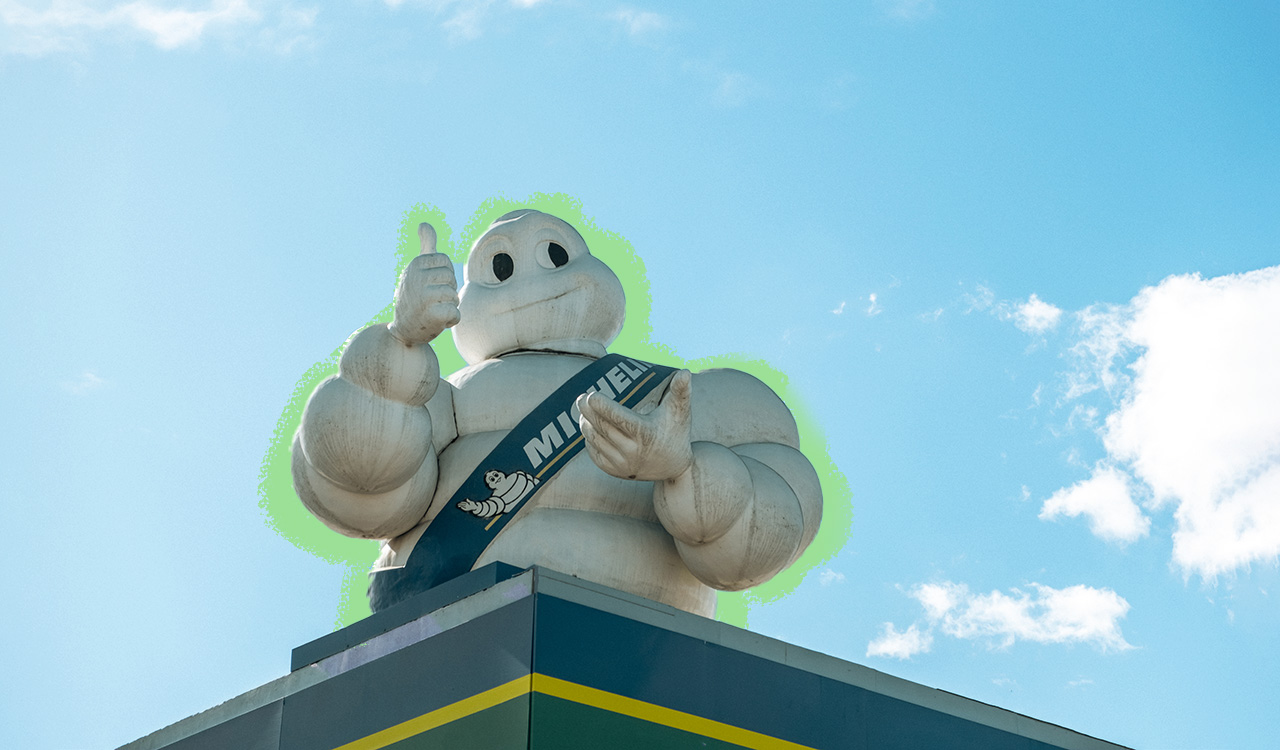Liquid Death sparkling water. Now that’s an ominous-sounding name. But it has singlehandedly turned H2O into a billion-dollar elixir. And its packaging seems to take inspiration from something in between Heavy Metal Goth and Mexico’s Día de Los Muertos – even the logo’s font has a sort of Sepultura-esque feel. Newcomers to this product might reasonably expect that inside each can you’d find some concoction of equal parts Jägermeister and gasoline.
Since its initial launch in 2019, hundreds of thousands of aficionados have opted to “sell their souls” to join the Liquid Death Country Club, an exclusive membership benefits program that offers access to unique merch, live events, and other bespoke engagements. These are all testaments to the fact that the brand has managed to transcend the mores of traditional brand development and has become something of a cultural phenomenon, embodying the spirit of its devoted followers while achieving substantial commercial success.
But no. What you get with Liquid Death is plain old water – H2O. But make no mistake about it, this is not your mother’s Evian. Liquid Death sparkling water is a billion-dollar elixir.
We’re taking a look at the life of Liquid Death, a juggernaut in the beverage space that has taken the entire segment by storm and has turned some of the most revered principles of retail product marketing on their heads. It’s a case study on how an irreverent and iconoclastic approach to brand marketing, an adroit understanding of the Gen Z media ecosystem, and a savvy distribution strategy can take a relatively benign commodity like water and transform it into a billion-dollar entity.
The Beverage of Choice for Gen Z
If you haven’t heard of Los Angeles-based Liquid Death Sparkling Water, ask any 14 to 25-year-old you know. They know it 100%. And it’s this brand’s lock on Gen Z that is making the CPG world go gaga about this original take on water. In fact, its most recent round of investment now values the company at an impressive $1.4 billion off of $263 million in global sales.
“Liquid Death really tapped into this pseudo-anti-establishment Gen Z cultural zeitgeist that is all about promoting a healthy lifestyle and doing right by our planet – but not doing it to the point of banality,” said Steele Smiley, the founder of Crisp & Green, one of the nation’s most rapidly expanding fast-causal healthy fare restaurant franchises. “They took something pure and natural and even sacred – like water — and gave it attitude. It’s the water we serve in our corporate office, its anti-establishment if you will,” adds Smiley.
Liquid Death founder, CEO and former punk rocker Mike Cessario understood that Gen Z consumers were, just like older generations, water enthusiasts, but they coveted something with a distinctively rebellious and countercultural appeal. With its edgy design featuring a melting skull on its tallboy-sized cans and creative niche celebrity brand tie-ins that added to the company’s street cred, the brand quickly garnered lots of attention across social media. Its 5 million followers on TikTok and nearly 3 million followers on Instagram make Liquid Death among the most popular beverage brands across the entire social landscape.
Engagement with the brand on social media reflects a deep connection among its fan base. Bon Appétit pointed out that laudatory comments such as “Bro, liquid death is honestly some good water” and “Half of my wall is filled with liquid death cans,” help illustrate the brand’s resonance within the Holy Grail’s under 25 age bracket.
But it’s not just the branding that is driving brand fidelity; even water snobs are being forced to admit that Liquid Death’s product is pretty damn good. (In my book water is pretty much water, but I digress…)
The Liquid Death Lifestyle
Gen Z’s love affair with Liquid Death goes beyond a merely well-branded product; it has become a lifestyle choice for many. Since its initial launch in 2019, hundreds of thousands of aficionados have opted to “sell their souls” to join the Liquid Death Country Club, an exclusive membership benefits program that offers access to unique merch, live events, and other bespoke engagements. These are all testaments to the fact that the brand has managed to transcend the mores of traditional brand development and has become something of a cultural phenomenon, embodying the spirit of its devoted followers while achieving substantial commercial success.
Murder Inc.
Liquid Death has really leaned into its brand identity by creating campaigns that talk about “murdering thirst” and calling for “death to plastic.” The virtues of aluminum cans as a vessel for water that are “infinitely recyclable” plays into recent studies indicating Gen Z is by far the age cohort most worried about the environment, the effects of climate, and global warming.
“Liquid Death nailed it with their aluminum can vessel as it nods to the nostalgia that Gen Z loves – those soda cans they drank when they were young before everything went plastic,” remarked Quynh Mai, the CEO and Founder of New York City-based Qulture, a marketing agency that focuses on brands seeking to connect with Gen Z consumers. “Liquid Death marketed its products through stunts that were more closely aligned with Mr. Beast’s YouTube hijinks and nostalgic episodes of Punk’d than traditional CPG marketing. These antics went viral and gave them something money cannot buy, word-of-mouth. By rejecting plastic bottles and embracing the vessel of beer cans, Liquid Death makes every drinker feel like a rebel,” added Mai.
More Than Just Water in a Can
Whether it’s the sui generis branding and marketing, the eco-friendly packaging, or simply the quality of the product, Liquid Death has knocked it out of the park by defying convention and transforming a category most traditionally associated with mountain springs and moms hydrating after hot yoga. In two words, Liquid Death has become a category killer.
According to a recent report from NBC News, Cessario’s inspiration for Liquid Death struck when he discovered that some musicians, preferring water onstage felt compelled to pour it into energy drink cans to avoid scrutiny and meet sponsorship obligations. And almost since its inception, Liquid Death has targeted live entertainment enthusiasts, including forging a relationship with industry giants like Live Nation, an investor in the brand.
Yet despite taking in outside Big Money, Liquid Death has managed to remain independently owned and operated while developing an impressive distribution strategy that has garnered more than 113,000 retail points of sale spanning the United States and United Kingdom which has helped it deliver consecutive years of “triple-digit” expansion.
Riding the Sober-Curious Wave
Part of the brand’s appeal to retail points of sale has been its innate ability to sell water with the same panache usually reserved for popular spirits like White Claw, Bethenny Frankel’s Skinnygirl, or even Elon Musk’s Tesla Tequila. And with Gen Z increasingly eschewing alcohol (it’s not for nothing that this generation carries the sobriquet “sober-curious generation”), Liquid Death has tapped into the moment. The brand’s expansion into sparkling water and iced tea aligns perfectly with the booming non-alcoholic market in which consumers are opting for alternatives to alcohol.
Media Company First, CPG Product Second
According to brand strategist Robyn Young, the CEO of Young & Company, a Los Angeles-based creative agency, Liquid Death’s ability to create a billion-dollar beverage brand from a highly commoditized product like water comes down to one important strategy. “[Liquid Death] sees itself as a media company first and a product second,” observed Young. “The company’s CEO has said in multiple interviews that you can’t ‘own’ an ingredient like canned water, but it could own a unique brand, wrapped in a compelling package, with a bold point-of-view that speaks to a niche audience.”
Tidal Wave
But the brand isn’t content to stay simply within the water space as it has made plans aimed at quickly encroaching upon the flavored water and iced tea sectors. It seems that the brand is on “Death March” and will soon be flooding other beverage categories as well. Stay tuned for the ultimate Death March.




